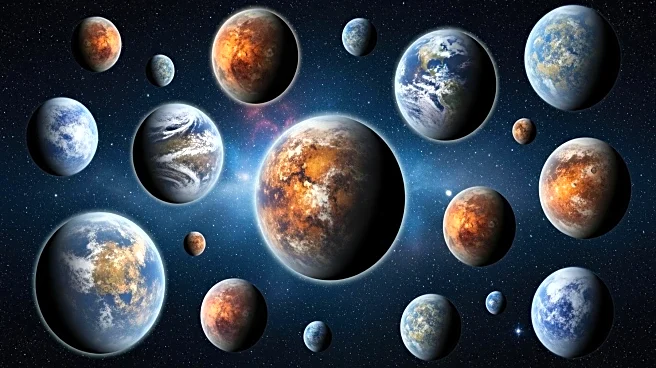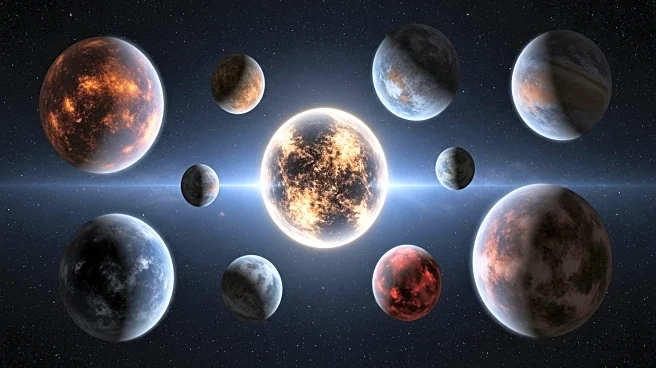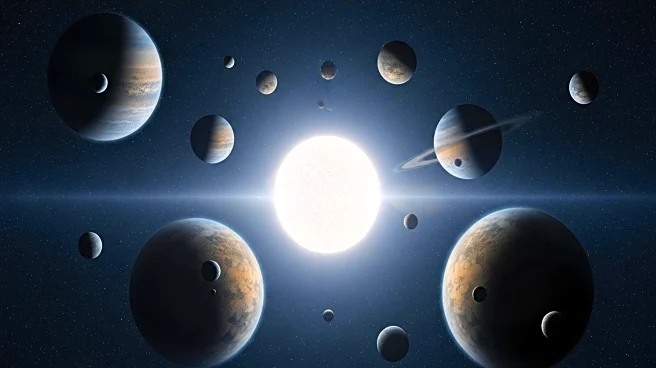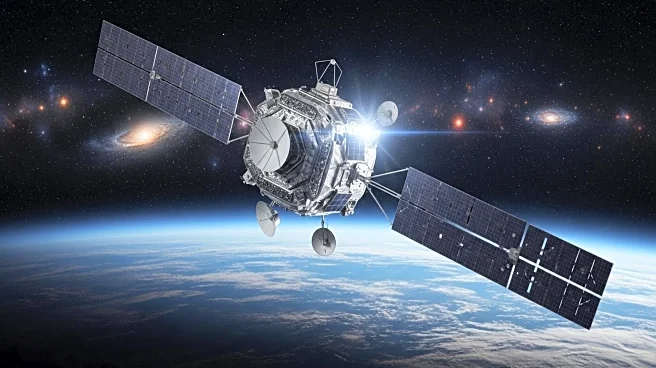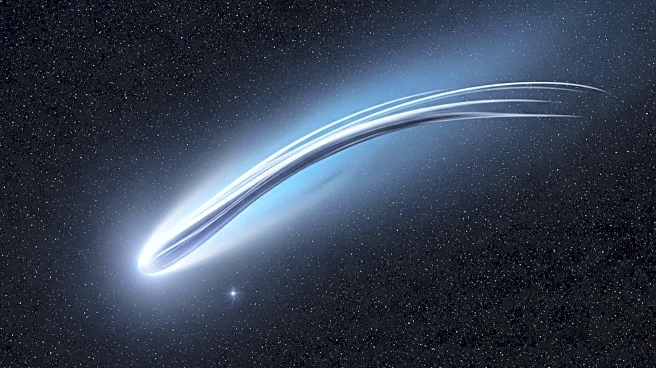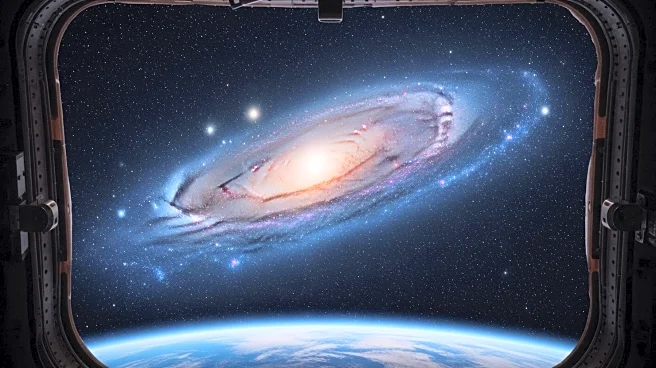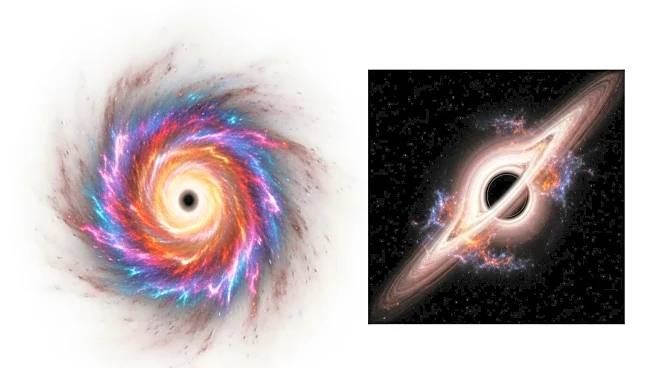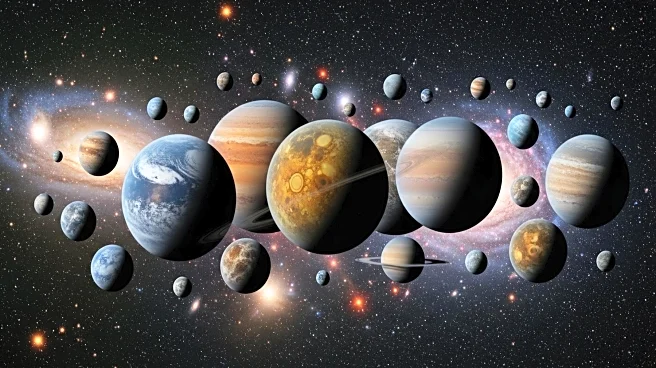What's Happening?
NASA has confirmed the existence of over 6,000 exoplanets, marking a significant milestone in the search for habitable worlds beyond our solar system. This achievement is the result of contributions from space telescopes such as Kepler, TESS, and the James Webb Space Telescope, which have advanced our understanding of planetary systems. The confirmed exoplanets include a diverse range of types, from gas giants to rocky super-Earths, many of which are located in habitable zones where liquid water might exist.
Why It's Important?
The confirmation of over 6,000 exoplanets represents a major leap in astronomical discovery, with significant implications for the fields of astrophysics and astrobiology. This milestone enhances our understanding of planetary formation and the potential for life beyond Earth. The findings could drive further investment in space exploration and technology, as private companies and international space agencies seek to capitalize on the growing interest in exoplanet research. The discovery also fuels public imagination and interest in the possibility of finding life on other planets.
What's Next?
NASA and other space agencies are planning future missions to further explore these exoplanets, with a focus on identifying Earth-like planets that could support life. Upcoming missions, such as the Habitable Worlds Observatory, aim to directly image these planets and study their atmospheres. The continued development of advanced telescopes and data analysis techniques will be crucial in expanding our understanding of these distant worlds and their potential habitability.

